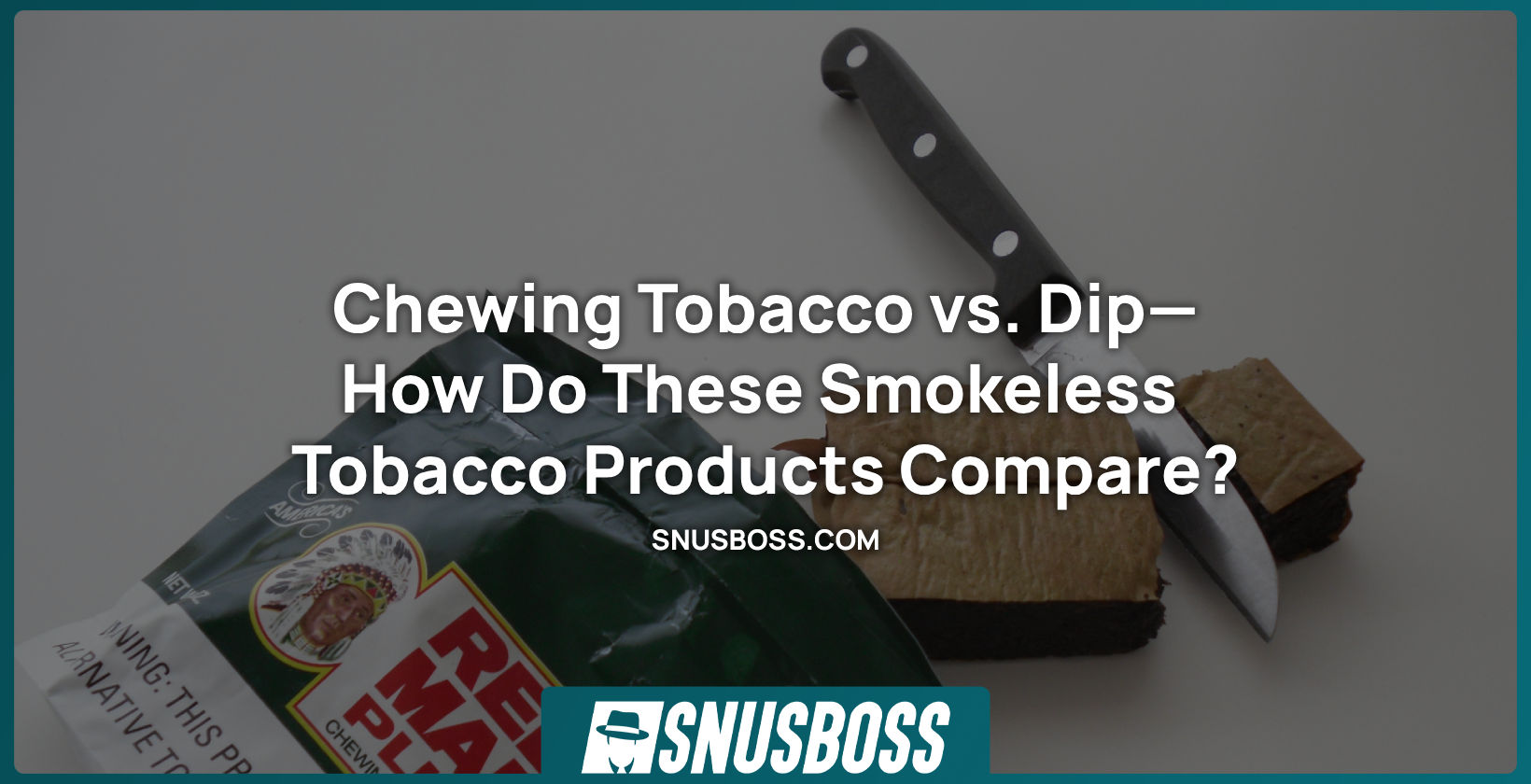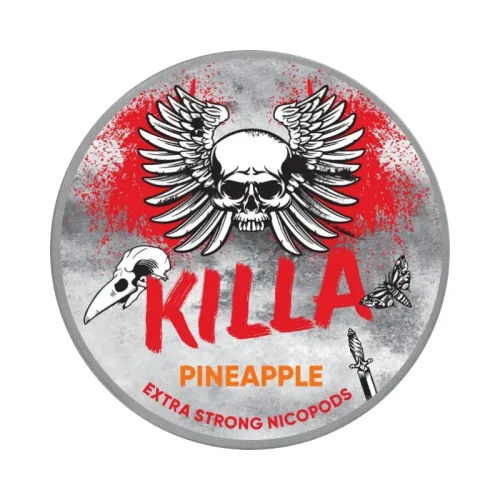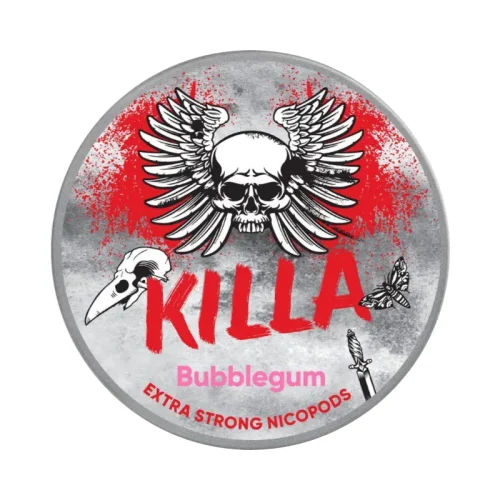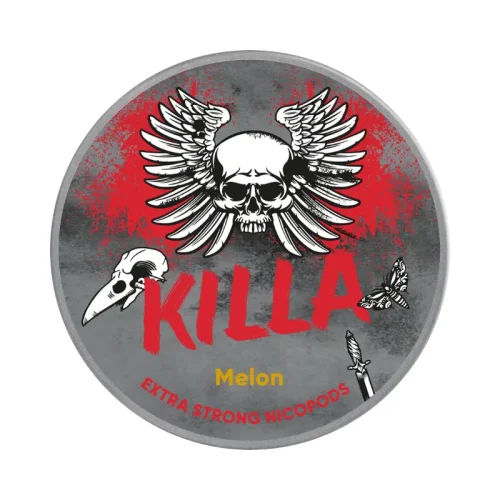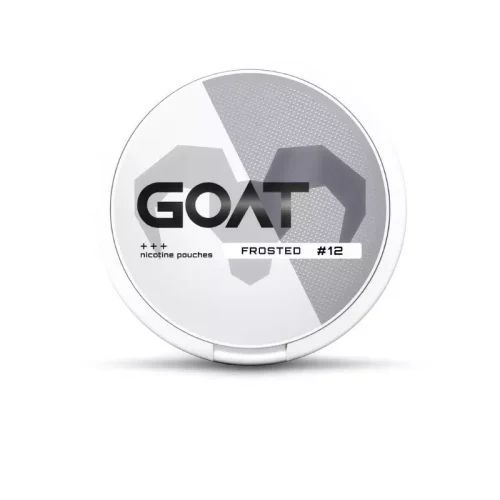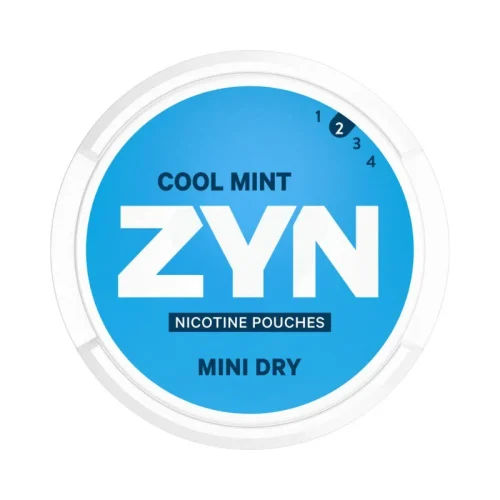Chewing tobacco and dip are among the most popular smokeless tobacco products in the U.S., preferred by those seeking a safer tobacco experience without the harmful effects of cigarette smoke. Both products deliver nicotine orally rather than through the lungs, eliminating more than 7,000 toxic chemicals released by burning tobacco.
While chewing tobacco and dip appear similar, each offers a unique experience tailored to different types of users. Read our straightforward chewing tobacco vs. dip guide to learn how these products compare in terms of form, usage, strengths, flavors, health impact, and more.
Chewing Tobacco vs. Dip—Uncovering the Key Differences
The following sections highlight the key chewing tobacco vs. dip differences, comparing them across several aspects, including:
- Differences in form
- Usage differences
- Texture and moisture
- Spitting requirements
- Nicotine strength
- Nicotine buzz
- Flavor variety
- Health effects
Dip vs. Chewing Tobacco—Differences in Form
Both dip and chewing tobacco use fermented tobacco but differ significantly in appearance and usage.
Dipping tobacco (also known as moist snuff) is made from finely ground fermented tobacco and is available in loose and portioned forms. Portioned dip comes pre-packaged in small cellulose bags, allowing tobacco juices to pass through while containing the contents. This prevents small bits of tobacco from getting stuck in your teeth, resulting in a cleaner and more convenient experience.
Chewing tobacco is made from larger, coarsely chopped tobacco pieces sold in several formats, each catering to different consumer preferences:
- Loose leaves—The most popular form, consisting of finely chopped tobacco leaves packaged in sealed bags
- Plugs—Compact blocks of loose tobacco leaves formed into a square shape called a plug. To use this type of chewing tobacco, users must cut or bite off a small piece first
- Twists—Made by intertwining individual tobacco leaves into a rope-like shape. They are used similarly to plugs
How To Use Dip and Chew
Dipping and chewing tobacco deliver nicotine similarly—through the oral mucosa. Still, there are subtle differences in the consumption method.
Here’s a step-by-step guide to using dip tobacco:
- Pinch a desired amount of dip or take a single pouch from the can
- Place it between your gums and lower lip
- Hold the dip in your mouth for up to 30 minutes, allowing it to release nicotine and flavor
- Remove the dip once the flavor fades or when you feel satisfied and discard it responsibly in the trash
To use chewing tobacco, follow these steps:
- Take a desired amount of loose chew and form it into a ball or cut off a small portion from a plug or twist
- Place the tobacco between your lower gums and cheek
- Gently chew and suck on the tobacco to release juices containing nicotine
- Remove the tobacco when you’re satisfied and dispose of it responsibly in the trash
Texture and Moisture
Dip tobacco typically has higher moisture levels as it contains moisture-preserving agents. Chewing tobacco is generally drier and has significantly less moisture than dip.
The way tobacco is processed also results in different textures. Dip tobacco is smoother and finer due to its finely ground composition, whereas chewing tobacco is coarser, consisting of larger strands and even whole tobacco leaves.
Spitting Requirements
Due to its higher moisture content, dip produces more saliva than chewing tobacco. This requires the user to spit more frequently as swallowing these juices can irritate the throat and upset the stomach.
In contrast, the lower moisture levels in chewing tobacco reduce the need for spitting, making it more convenient to use in public.
Dip vs. Chewing Tobacco—Nicotine Strength
A whole bag of chewing tobacco typically contains 144 mg of nicotine, averaging around 4.2 mg/g per portion. Despite its lower nicotine content compared to other smokeless tobacco products, chewing tobacco offers much higher absorption rates—3 to 4 times greater than those of cigarettes.
Dip tobacco contains higher nicotine strengths, ranging from 8 to 15 mg/g, making it the most potent oral tobacco product. Its moist and fine texture enhances its effectiveness, boosting the nicotine absorption rate to 30% and providing a more potent experience.
Dip vs. Chewing Tobacco—Buzz Duration
Dip and chew provide a more sustained nicotine experience of between 20 and 40 minutes, as nicotine is gradually absorbed through the oral mucosa. While the initial kick is slower, the buzz duration from a single session of dip or chewing tobacco is comparable to smoking several cigarettes, keeping you satisfied for hours afterward.
In contrast, cigarettes deliver nicotine almost instantly, typically within seconds. While intense, the cigarette buzz fades quickly, minutes after you’re done smoking.
Flavor Variety
Both chewing tobacco and dip are available in classic flavors like mint, peppermint, and wintergreen.
Still, dip tobacco offers more additional flavors, including apple, berry, cherry, citrus, grape, and peach aromas. If you like experimenting with new flavors, dipping tobacco will better suit your style.
Chewing Tobacco vs. Dip—Health Risks
Although chewing tobacco and dip pose fewer risks than cigarettes in certain areas, they share a similar overall risk profile and many of the same health hazards associated with tobacco. Recent research shows that smokeless tobacco products contain over 3,000 chemicals, including 28 proven carcinogens.
Prolonged use of chewing tobacco and dip is associated with the following conditions:
- Cancer—According to the World Health Organization, smokeless tobacco products increase the risk of oral, esophageal, and pancreatic cancer
- Precancerous oral lesions—Regular use of smokeless tobacco products increases the risk of leukoplakia and erythroplakia—white patches in the mouth that can progress to oral cancer
- Type 2 diabetes—Smokeless tobacco products disrupt glucose homeostasis, increasing the risk of type 2 diabetes by up to 70%
- Heart disease and stroke—Multiple studies show that regular consumption of chew and dip increases the risk of several heart conditions, including hypertension, heart attack, and stroke
- Other oral issues—Saliva containing harsh tobacco chemicals can lead to tooth decay, enamel erosion, dental staining and discoloration, periodontal disease, gum recession, jawbone deterioration, and tooth loss
Is There a Healthier Way To Consume Nicotine?
No method of nicotine consumption is entirely risk-free. Still, certain smokeless products, including snus, nicotine lozenges and gums, and nicotine pouches, carry fewer risks than chewing tobacco and dip. Of these, nicotine pouches are considered the safest alternative, as they’re tobacco-free and offer various strengths and flavors.
Snus vs. Chewing Tobacco and Dip
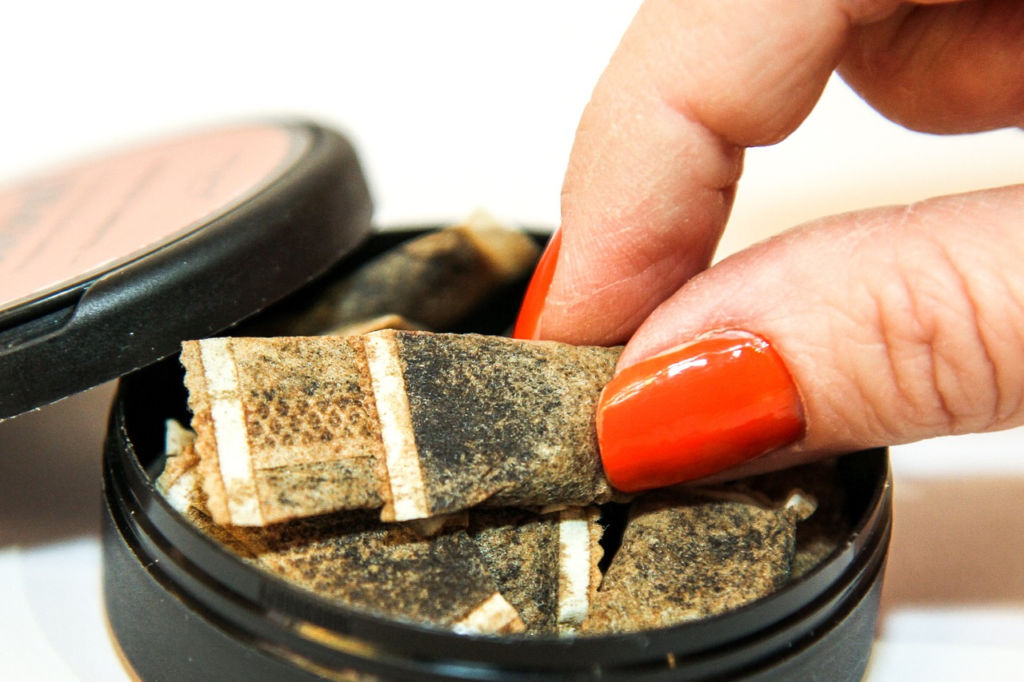
Source: hjartstrom
Unlike chew and dip, snus is made with pasteurized rather than fermented tobacco. During pasteurization, the tobacco is treated with high amounts of steam, minimizing tobacco-specific nitrosamine (TSNA) concentrations and eliminating the need for spitting.
Even though snus shares some health risks associated with chew and dip, it has a considerably lower risk profile. Its reduced TSNA levels decrease the likelihood of developing cancer and type 2 diabetes with prolonged use.
Besides having fewer health risks, snus comes in a wider range of nicotine strengths—from as low as 3 mg/g to as high as 45 mg/g. It also boasts a broader selection of flavors than any other traditional tobacco product, combining its rich tobacco flavor with various exciting aromas for a more satisfying experience.
Check out the table below for a summary of the key differences between snus, chew, and dip:
| Snus | Chewing Tobacco | Dip | |
| Tobacco Type | Pasteurized | Fermented | Fermented |
| Placement | Between the gums and the upper lip | Between the cheek and the gums | Between the gums and the lower lip |
| Requires Chewing | No | Yes | No, but some users choose to chew it |
| Spitting | No | Yes | Yes |
| Flavors | Wide range of flavors | Moderate range of flavors | Limited range of flavors |
| Format | Loose and portioned | Loose leaves, plugs, and twists | Loose and portioned |
| Country of Origin | Sweden | U.S. | U.S. |
Dip and Chewing Tobacco vs. Gum and Lozenges

Source: athree23
Nicotine gum and lozenges are FDA-approved products used in nicotine replacement therapy (NRT). They are completely tobacco-free and provide a controlled dose of nicotine ranging from 2 to 6 mg per piece.
In addition to being available in several strengths, nicotine gum and lozenges are available in a variety of flavors, including:
- Menthol
- Peppermint
- Wintergreen
- Forest fruits
- Citrus
Being 100% tobacco-free, nicotine gum and lozenges contain no carcinogenic TSNAs, eliminating the need for spitting and reducing the health risks associated with tobacco use. They offer a way to enjoy nicotine with minimal impact on your health but are quite limited in strength options and flavor selection compared to nicotine pouches.
Nicotine Pouches—The Safest Way To Consume Nicotine
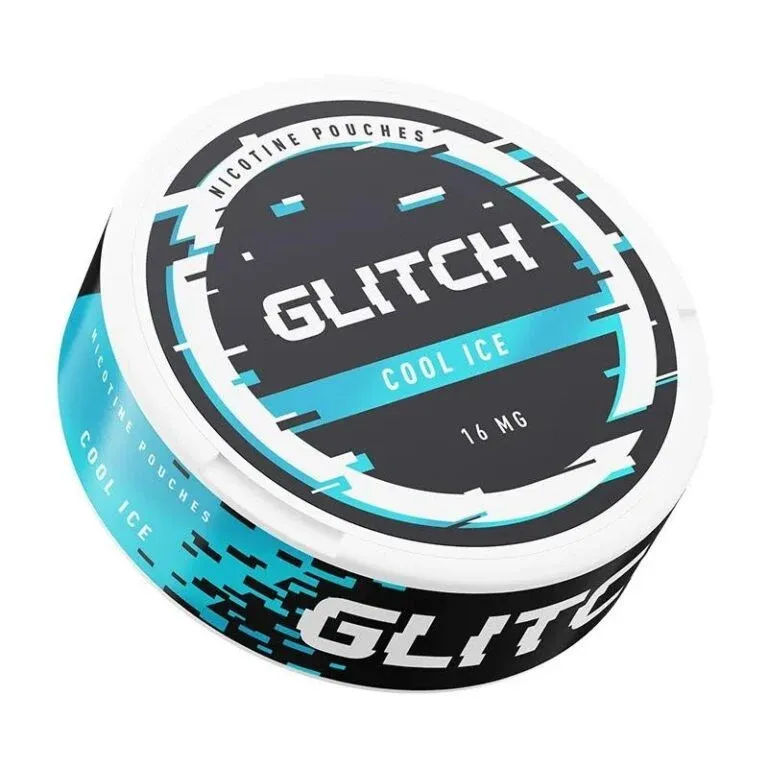
Source: SnusBoss
Nicotine pouches (or nicopods) are a tobacco-free alternative to tobacco products. They contain pharmaceutical nicotine and food-grade ingredients, providing a clean and convenient way to enjoy nicotine.
Here’s a complete list of nicotine pouch ingredients:
- Pure, high-grade nicotine
- Plant-based cellulose fibers
- Water
- Various flavorings
- Natural and artificial sweeteners
- Stabilizers
- pH balancers
In addition to being one of the safest ways to enjoy nicotine, nicopods won’t cause deep and persistent teeth stains associated with traditional tobacco products. They also keep your breath fresh and retain the natural brightness of your teeth.
Unlike nicotine gum and lozenges, nicotine pouches offer a wider range of strengths, starting as low as 3 mg/g for milder options and going up to 50 mg/g for the strongest varieties. This allows you to customize your experience to your nicotine tolerance level, helping you meet your needs with fewer pouches while enjoying a satisfying buzz that lasts for hours.
Another key advantage of nicotine pouches is that they are more convenient and discreet than most traditional tobacco products. They are smokeless, vaporless, and spitless, allowing you to have a satisfying nicotine experience anywhere and anytime. Their compact design ensures they fit comfortably under your lip without creating noticeable bulges, helping you remain discreet in public.
Nicotine Pouch Strength Guide
If you’re unsure which strength is right for you, check out the table below to see how each strength category relates to your previous nicotine habits:
| Category | Strength | Best For |
| Mild | 1–4 mg/g | Occasional smokers who consume fewer than ten cigarettes and those with low nicotine tolerance |
| Medium | 5–6 mg/g | Regular smokers who go through less than a pack of cigarettes daily and those with moderate nicotine tolerance |
| Strong | 7–10 mg/g | Smokers who consume a pack of cigarettes daily and those with developed nicotine tolerance |
| Extra Strong | 11–12 mg/g | Experienced users with high nicotine tolerance |
| Super Strong | 13–15 mg/g | Long-time users with advanced nicotine tolerance |
| Strongest | 15+ mg/g | Seasoned nicotine users seeking the strongest experience |
A Wide Selection of Flavors
Nnicopods offer a vast selection of flavors unmatched by any other nicotine or tobacco product. Here’s a glimpse of the available flavor categories:
- Minty—The most popular flavor category, featuring aromas like mint, menthol, peppermint, and eucalyptus
- Fruity—Delicious options that include mango, orange, melon, berries, and apple flavors
- Sweet—Irresistible, sweet yet sugar-free flavors, such as espresso, cola, bubble gum, and tea
- Spicy—Bold flavors like chili, ginger, and cinnamon that enhance the nicotine experience
Get Premium EU-Made Nicotine Pouches From SnusBoss

Source: SnusBoss
Run by a team of seasoned experts, SnusBoss is your best source of high-quality nicotine pouches. These EU-made nicopods deliver a premium experience, offering richer flavors, more moisture, and a stronger kick than U.S.-made products.
SnusBoss stocks a wide selection of top brands, including popular favorites like ZYN and Velo. All products are available in various strengths, flavors, and formats, catering to diverse user preferences and needs.
Check out the table below for a complete list of fantastic nicopod brands available at SnusBoss:
| ZYN | Velo | Dope | GOAT | Denssi |
| Glitch | Hit | Oryx | Pik | Snatch |
| Pablo | Kozmo | Jäger | Kurwa | White Fox |
| Thor | Roger | Killa | Klint | Kick |
| Siberia | Chapo | Paz |
To place an order from SnusBoss, follow these steps:
- Visit the online store
- Select your desired brand, strength, and flavor
- Enter your shipping and billing info
Choose express delivery at checkout to receive your shipment in 2–3 business days. Orders over $249 qualify for free shipping.
Nicotine Pouches—Potential Side Effects
By eliminating tobacco and its multitude of carcinogenic chemicals, nicotine pouches reduce most of the health risks associated with tobacco use. Plus, side effects are rare, mild, and easily avoidable with responsible use. Here are the most common ones:
- Headaches and dizziness
- Nausea and vomiting
- Elevated heart rate and blood pressure
- Acid reflux
- Hiccups
- Sore throat
- Gum irritation and soreness
If you experience any of these symptoms after using nicopods, try switching to milder nicopods or using your current ones less frequently.
Nicotine Pouches—Important Safety Tips

Source: geralt
Follow these tips to ensure a safe and enjoyable experience when using nicotine pouches:
- Start with lower-strength pouches—If you’re new to nicotine pouches, begin with lower-strength options and adjust accordingly until you find the pouches that match your nicotine tolerance
- Allow time between uses—Avoid using one pouch immediately after another. Wait at least an hour or two to let your body properly process nicotine
- Use one pouch at a time—Never use multiple pouches simultaneously. If the pouches feel too weak, switch to a stronger product
- Don’t reuse pouches—Nicotine pouches are designed for single use only
- Rotate placement spots—Change the spot where you place the pouch each time to minimize the risk of gum soreness or irritation
Certain people are especially sensitive to nicotine and should avoid all nicotine products, including nicotine pouches, such as minors under the age of 21, pregnant or breastfeeding women, and people with a history of cardiovascular issues or type 2 diabetes.
Nicotine is an addictive substance that can cause long-term dependence and withdrawal symptoms. Don’t use nicotine pouches if you haven’t used other nicotine products in the past.
Featured image source: Wikimedia Commons

